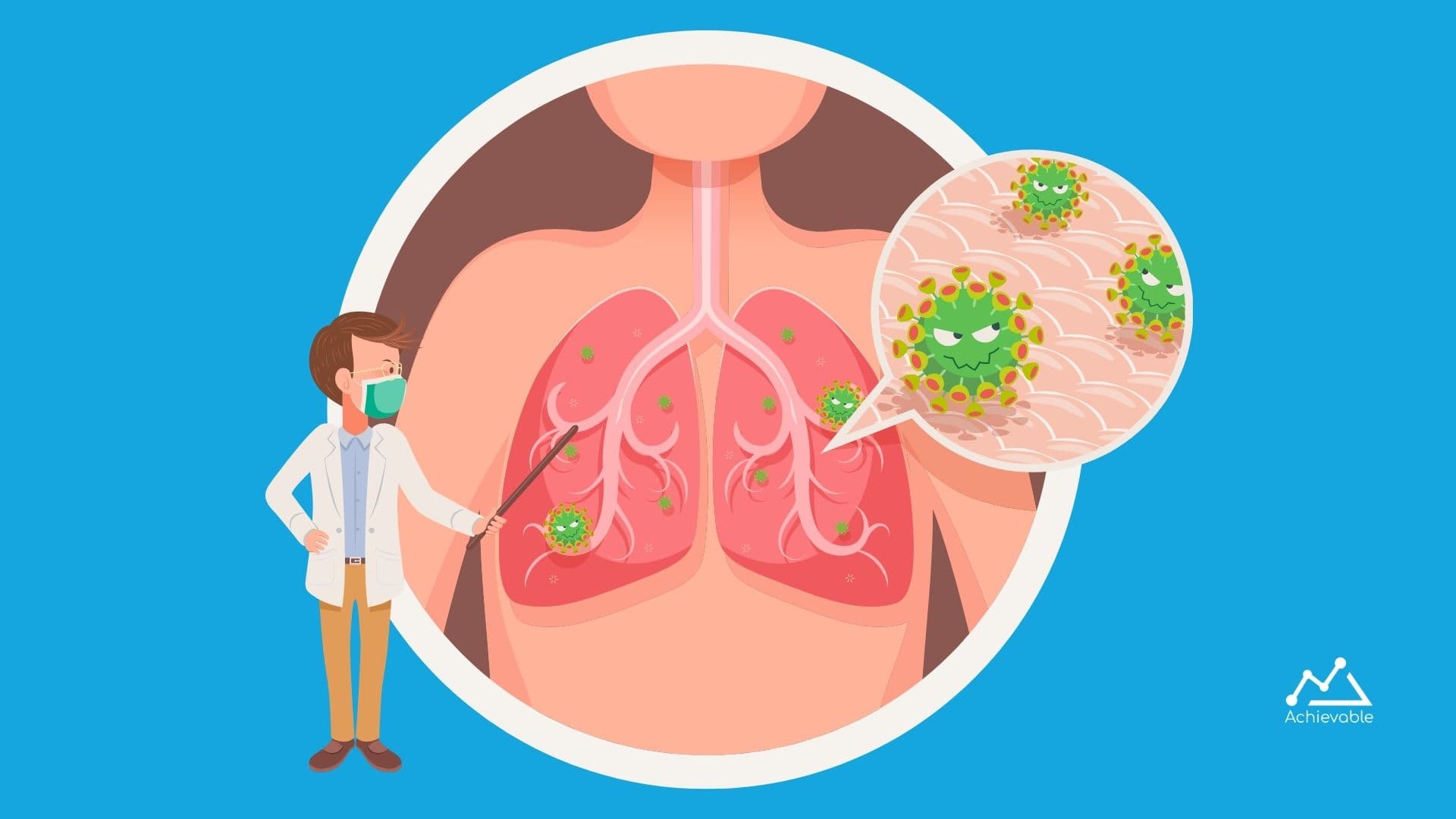
This video explains the changes seen in cardiac cycle tracings in valvular heart diseases. You can learn key features to help you differentiate normal from abnormal tracings in specific valvular disorders.
If you’re looking for a comprehensive course to pass your USMLE Step 1 exam the first time, try Achievable’s USMLE Step 1 course. Our course is information rich, concise, and uses spaced repetition-backed practice questions to improve your memory retention.
0.1s Hello everyone. I'm so glad that founder of Gracie with Emily and US. Emily alternate achievable today. I'll be talkin about changes in the cardiac cycle racing scene involving her heart diseases. 14.6s The diagram shows a normal cardiac cycle. If you look from top to bottom, you can see the EKGs followed by the aortic. Pressure, tracing followed by the left atrium, pressure tracing the left ventricular, pressure, tracing, the left, volume pressure tracing and then the heart sounds. 37.2s The pressure and volume changes are plotted on the x-axis. When we are trying to differentiate the different Wahlburgers heart diseases while looking at the cardiac cycle tracings you need to note specially three pressure curse. Those are the aortic pressure curve, the left atrial pressure curve and the left ventricular pressure curve. 62.2s The three pressure curves have been highlighted in Green in the diagram in a normal cardiac cycle. The peak of the aortic pressure, tracing coincides, with the peak of the left, ventricular, pressure tracing at the same time, the left atrial pressure tracing will stay close to the base line of the left, ventricular, pressure tracing 86.3s Let's look at changes in the cardiac cycle racing. Valvular, heart diseases in the attic wall is chinos so that the left ventricle has to push harder to eject blood into the aorta. This leads to a lower than normal arise in the air tank pressure. At the same time, there is increased in the left ventricle pressure, causing an increase in the afterload. 115.5s If we could only be. So the findings on the cardiac cycle tracings for aortic stenosis, you can see that the Peaks for the left ventricle pressure and the aortic pressure. No longer a coin site. There is a big difference between the peak of the left ventricle pressure which is much higher now compared to the peak of the aortic pressure. 138.8s In a Arctic insufficiency also called as a article regarding blood flows, back from the air water into the left ventricle during systole. 150.8s This leads to a widened pulse pressure and hyperdynamic circulation, which can be seen clinically as head-bobbing with Cicely pistol shots over the femoral artery and bounding pulses. 167.5s Enable take record. There is a big difference between the peak and the trough of the aortic pressure. Tracy more than 70, mm of mercury in. The example shown here, 181.5s In my chihuahua disorders, look for changes in the left. Atrial pressure tracing, mitral stenosis is seen in many cases of rheumatic heart disease in mitral stenosis. There is narrowing of the opening or at the mitral valve so that the left atrium has to push harder to eject blood into the left. Ventricle this leads to an increase in pressure in the left atrium and left atrial hypertrophy. 212.3s In a normal cardiac cycle, the left atrial pressure tracing is very close to the base line of the left, ventricular pressure tracing, but in mitral stenosis, the left atrial pressures are continuously, elevated in All Phases of the cardiac cycle. 235.0s In mitral insufficiency or mitral regurg, blood flows back into the left atrium during left ventricular systole. 246.4s If you look at the left, atrial pressure tracing. You can see that the pressure is staying near the Baseline during diastole, but the left atrial pressure increases from mid to late. 261.2s Let's summarize the important points in a ordyx stenosis. Look for highly, elevated pressure, tracing of the left ventricle, which is much higher and no longer in tandem with the aortic pressure tracing 278.4s in a 0° or insufficiency, there is a wide pulse pressure with a big difference between the peak and the trough of the aortic pressure tracing 290.7s In mitral stenosis. There is sustained elevation in the left, atrial pressure throughout systole, and diastole in my education. The left atrial pressure is elevated only during mid-to-late systole. 307.3s Hope this video helps you diagnose while we're hot disorders from the cardiac tracings. Thanks for watching.

Becoming a pharmacy technician is an excellent choice for those interested in an accessible, lucrative career path within the healthcare field. Acquiring a pharmacy technician certification will allow you to outshine competitors and enhance your chances of obtaining your ideal position within the pharmaceutical industry. In order to earn a Certified Pharmacy Technician (CPhT) credential, …

In this video Sujata explains the pathophysiology, diagnosis and management of pneumothorax. It is a high yield concept for all steps of the USMLE. Pneumothorax is of four different types and management is guided by the type and severity.

If you’re interested in starting a new career path within the healthcare field, becoming a pharmacy technician is an excellent option to consider. Compared to many other occupations within this field, the pathway to becoming a pharmacy technician is generally quicker and more accessible than becoming a doctor, for instance, while still giving you access …